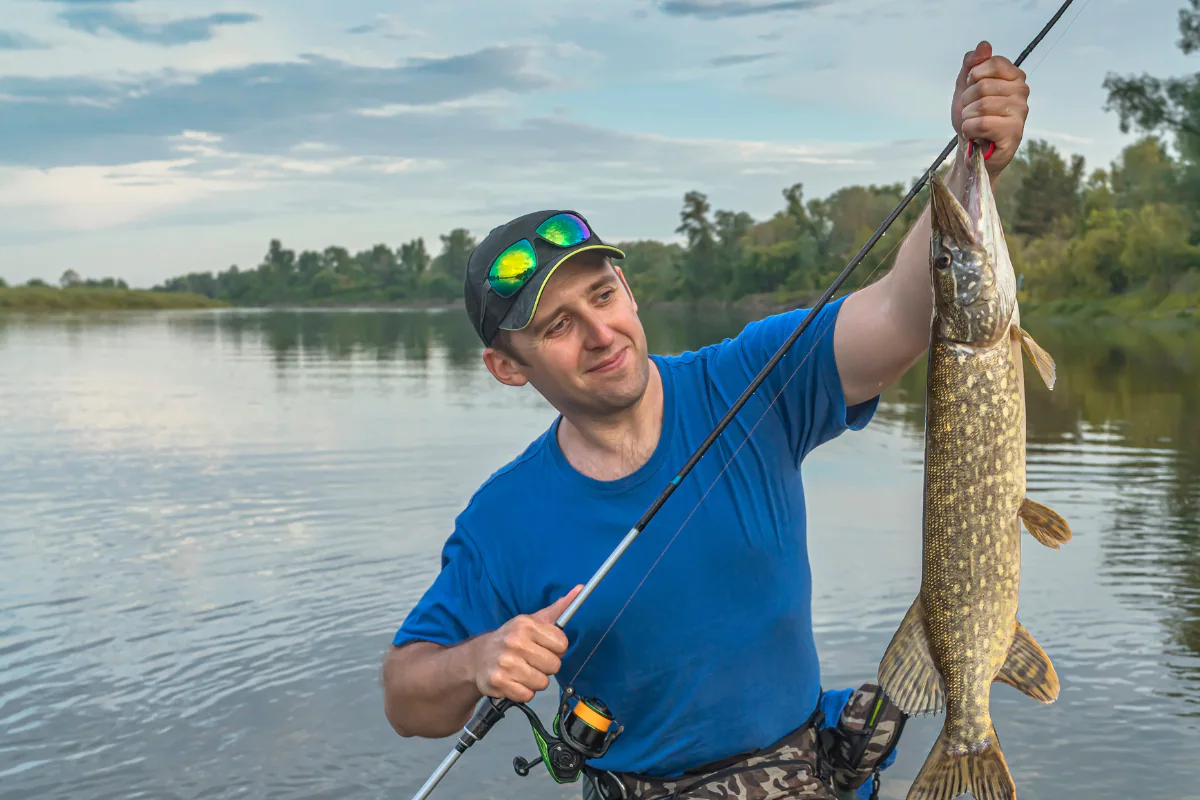Hot weather in Arkansas accompanies hot bream fishing, especially now near the first full moon of summer.
Bluegill sunfish spawn on each summer full moon, but anglers look forward to the June bluegill spawn because it’s the premier event. Activity is less intense in subsequent spawns. The frequency of bites declines, as does the size of the fish.
It’s relative, though. Bream fishing in July and August isn’t as good as it is in June, but it is still very good. It’s all a matter of being at the right place at the right time.
Although the peak of the June spawning activity might be waning, you can still find concentrations of big bluegill at your favorite lake. They’re easiest to find on small lakes and ponds, which have an abundance of the cover that bream prefer. Public fishing lakes are also excellent. Traditional favorites are lakes Conway and Overcup, but bream are also plentiful at lakes Hinkle and Sugarloaf in western Arkansas and in all of the sloughs and oxbows off the White and Arkansas rivers in southeast Arkansas.
In southwest Arkansas, Dierks and Gillham lakes are excellent for bream. In northeast Arkansas, try lakes Austell and Dunn, and also the lakes at Henry Gray Hurricane Lake Wildlife Management Area.
Big Corps of Engineers reservoirs have great bream fishing, too. You might have to work harder to find them, but it’s worth the effort.
In mid June, I used to love to scull a flatbottom aluminum boat along the banks of Brodie Lake, East Lake and Pecan Bayou casting popping bugs to bluegills eating catalpa worms falling from overhanging limbs.
Sculling, the art of paddling a boat from the bow with a subtle swirling motion, is very quiet and allows you to fish stealthily.
If fly fishing isn’t your thing, sculling is also a great way to get close to cover to sling earthworms or crickets under a bobber.
Sculling is mostly a lost art that long ago gave way to electric trolling motors. Fishing from a kayak comes close to replicating that experience, especially if you have a foot-propelled model like a Hobie.
The objective is to find a hard bottom near the bank in depths of 3-6 feet. Logs, rootwads and treetops in the water are always a plus. A bream hook and a 1/8-ounce split sinker pinched about 3-4 inches above the hook is all you need. The bobber should be set to dangle the bait about an inch off the bottom. I prefer balsa slip bobbers.
With an ultralight spinning rod, make a short cast to a productive spot. If a bluegill or redear is home, it will bite quickly.
Even easier is fishing with a cane pole. It takes the reel out of the equation and eliminates the commotion of a bobber rig splashing down. A cane pole is very long, so you can gently lower the bait into the strike zone. It doesn’t spook fish, so you’ll get more strikes. When you get a strike, simply lift the rod to set the hook and swing the fish aboard.
After the spawn, bream move away from the bank to deeper water. In lakes with standing timber, you will find bluegills hovering in the shade under tupelo and cypress branches.
Redears will pull away to deeper cover near the ends of points that intersect with creek channels. A great way to catch them is to throw a worm on a dropshot rig using a 1/8-ounce Dipsey sinker.
On big reservoirs, you can catch big bream in deep water all summer. One of my favorite areas are in the coves on the north side of Lake Ouachita across from Mountain Harbor. Big bluegills will be near the bottom in depths of 12-20 feet. You can tightline a cricket or worm on a bobberless rig or put a cricket or worm on the bottom with a drop shot rig. The key is to use a heavy enough bobber to get to the bottom fast. Small bream hover higher in the water, and they will often pick a slow-falling cricket apart before it reaches the big bream.
Excellent bream fishing awaits creek fishermen too. Longear sunfish, one of the most colorful North American sunfish, inhabits many Arkansas streams and rivers. They will bite crickets, worms, nymphs and popping bugs all summer. Rarely do you catch one big enough to eat, but longears are still a lot of fun.
Also in creeks are another family of exciting panfish, the Ozark bass, rock bass and shadow bass. The species you encounter depends on where you fish, but they will hit all of the same lures you throw for smallmouth bass. You will catch them better if you use smaller hooks and smaller lures. They’ll bite anything that looks like a crawdad.
The best places to find these panfish are around submerged rootwads and other bottom cover along steep bank. They hit hard, but they don’t have much stamina. They are some of my favorite fish to eat.
Besides tackle and a place to go, all you need is an Arkansas fishing license to enjoy an entire summer of fun.
Credit: Source link































